Soil erosion in Jaen
Soil erosion is one of the world’s biggest global environmental problems, particularly on sloping land. Every year millions of tons of soil are lost and end up in the lower areas, leaving sloping land with no soil and the bedrock flourishing. The olive groves of Jaén are no stranger to this destructive process and are a clear example of this worldwide phenomenon. Tillage has also been accelerating this environmental problem, as it leaves the soil looser and facilitates erosion.
The sources of erosion are diverse, and we will look at them. We will also give ideas and solutions to this serious problem that exists today.
Index:
|
Summary: Erosion is a major problem for the environment, agriculture and olive groves. Solar erosion is the loss of soil, and without soil, crops do not grow and there is no agriculture. This is a problem that affects olive groves, and therefore the production of extra virgin olive oil.
Other interesting articles: Olive firewood
1. Soil Erosion
Erosion is a physical and chemical process of soil erosion, mainly caused by water and air, which reduces the thickness of the surface soil, which is the most fertile, and outcrops the sandy, unfertile bedrock. This destruction of the soil can take up to two thousand years to recover, making it unfertile or very difficult for any crop to grow.
The problem with rainwater, especially if it falls a lot in a short period of time, is that if it does not penetrate the soil, it runs off and slides along the surface of the soil (runoff water), gaining strength on steep slopes, dragging soil particles and carrying them to lower parts.
The problem of erosion is more serious on sloping land and in crops with little vegetation cover, as in the olive groves of Jaén. These losses of soil can be very significant, causing olive trees to fall over and metres of land to disappear.
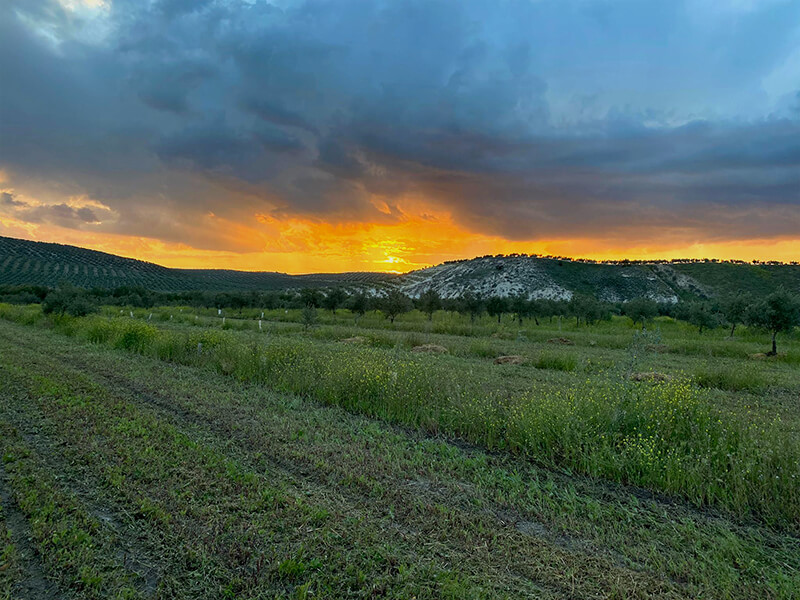
Photo 1: Mowing a field in a no-tillage land
2. Types of erosion
There are several types of erosion, which are as follows:
a) Water erosion
- Marine erosion. Marine erosion is the erosion caused by the sea on the coastline, due to sea currents and particles carried by sea water. As a result it creates cliffs and beaches.
- Fluvial erosion: Fluvial erosion causes the displacement of soil and rocks from higher to lower areas by the action of surface water; rivers and runoff water.
This erosion is the most common in Spain and is increased by agriculture and especially by ploughing. As ploughing removes the soil, it leaves it without cohesion and with a little water, it is easily displaced downwards.
- Glacial erosion: this type of erosion only occurs where there are glacial masses. Glaciers move downwards by gravity and displace anything in their path.
- Phase change erosion: Water can get between the cracks in the rocks and when cold weather arrives, it changes to a solid state, causing an increase in volume. Consequently, it breaks the rocks and causes their erosion. This erosion is typical of mountains.
b) Wind erosion.
Wind erosion is due to wind that carries sand particles and wears away rocks on the earth’s surface. This erosion is more evident in desert areas, giving the fringes very peculiar shapes.
Gravitational erosion: It consists of the movement of rocks, earth and other particles by the action of gravity, from higher to lower areas.
c) Gravitational erosion:
Consists of the movement of rocks, soil and other particles by the action of gravity, from higher to lower areas.
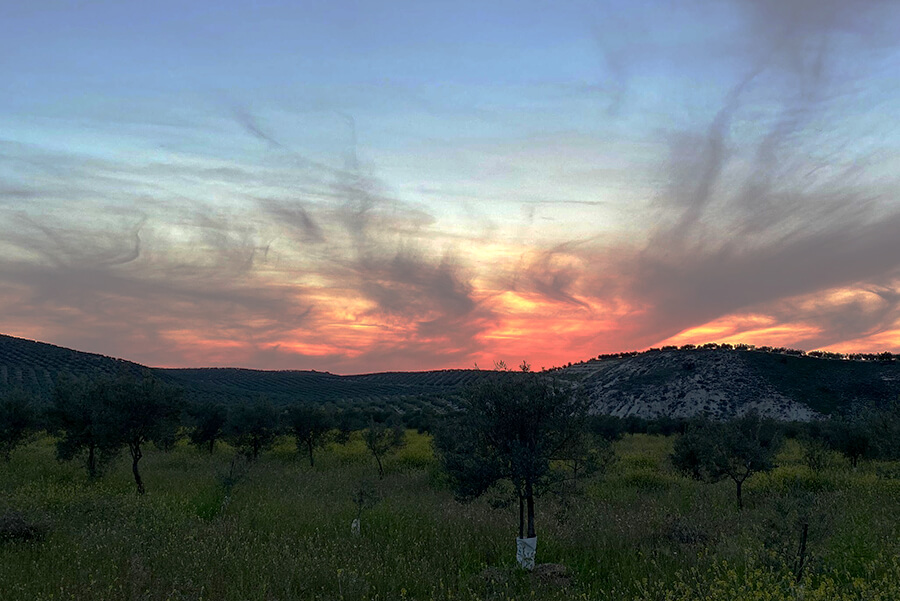
Photo 2: Unmown farm
3. Examples of water erosion
Our olive groves in Jaén suffer from this environmental problem. In order to reduce the damage caused by runoff water, farmers are looking for different options to reduce this erosion that can kill their crops for thousands of years.
One of the alternatives offered by agronomic science is the construction of gabions. Gabions are stone walls lined with wire mesh, which allow water to pass through but retain soil.
With the gabions it is possible to create small terraces, which slows down the runoff water. With the reduction of runoff water, the water loses energy, deposits its particles in suspension, does not drag other particles and has time to infiltrate deeper layers of the soil.
Ideally, all the water that falls from the sky is retained in the ground, and it is of little use if the water from a precipitation ends up mostly in a river.
Below are photos of the effects of runoff water on some of our olive groves in Jaén.
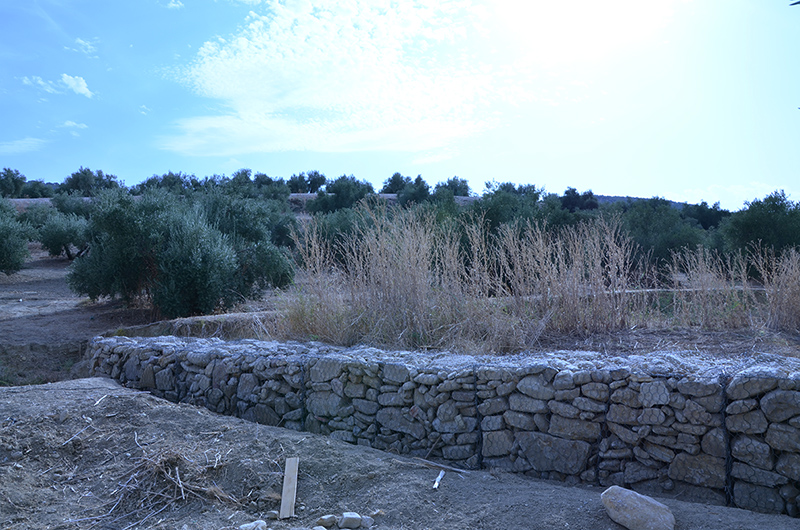
Photo 3: Gabion wall already in place and finished
Therefore, in the photo above you can see the finished gabions. Also, below we are in the construction of the gabions.
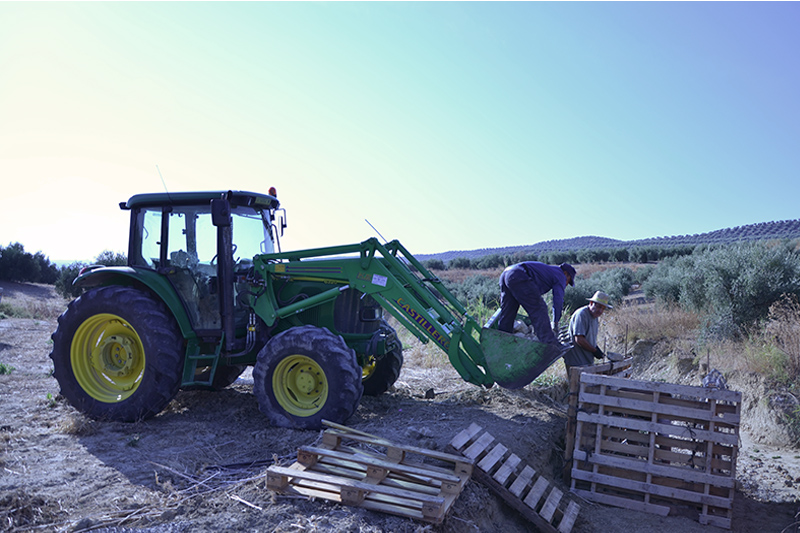
Photo 4: The tractor brings the stones closer together to fill the gabion
Erosion control is costly and time-consuming. There are currently many methods to prevent and reduce erosion, which we are also using, but it is in more problematic and heavily damaged areas that we see the gabion as the best option.
We recommend that all farmers take this problem very seriously, as the recovery and formation of new soil is extremely slow.
4. Solutions
Among the solutions found to control erosion, we have the following:
a) Vegetative covers
Ground covers would be a good option to control soil erosion. They are cheap, increase soil richness and help to increase water storage in the soil. They also capture CO2, thus helping to reduce the climate footprint of the olive grove.
In summary, these are the different types of plant cover that can be created:
Inert covers:
These covers would be made with stones and other inert materials that will help to reduce the speed of water and therefore prevent erosion.
Coverings with plant debris
To make these covers, we use the same pruning waste and fallen leaves as other types of plant waste. Therefore, in addition to preventing erosion, these plant covers also increase organic matter, which is very necessary in arable land.
Live plant cover:
In this case it consists of planting plants with small roots and which do not consume many resources such as grasses, legumes, crucifers and leguminous plants.
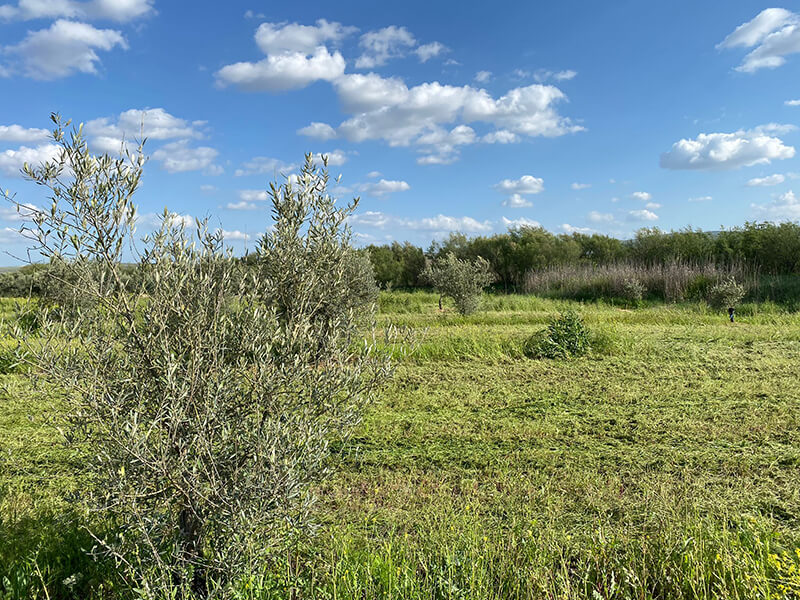
Photo 5: Vegetation cover
Spontaneous cover:
This cover is achieved by leaving the weeds themselves. However, they must be mowed so that they do not absorb too many resources and compete with the crop itself.
b) Containment dykes
Once the gullies have formed and a lot of soil has disappeared, one solution is to use check dams. At present, retaining dikes made of recycled concrete are on the market, which can adapt very well to the ground and reduce the force of runoff water, and consequently reduce erosion very considerably.
5. World Soil Day
The world community designated 5 December as World Soil Day. This date was chosen by the UN and it also designated 2015 as the International Year of Soils. Also, this was presented by the other UN-led agency, the FAO.
This is a fantastic idea in order to promote the conservation of natural resources. In addition, this is aimed at ensuring food security, reducing climate change, lifting countries out of poverty and sustainable development. As stated by UN sources.
In addition to all this, we support greater care for the soil, which is essential for the development of agriculture for future generations. Also, without soil conservation, beekeeping and thus honey production will suffer.
Source:
Food and Agriculture Organization of the United Nations www.fao.org/ Gavions and soil erosion

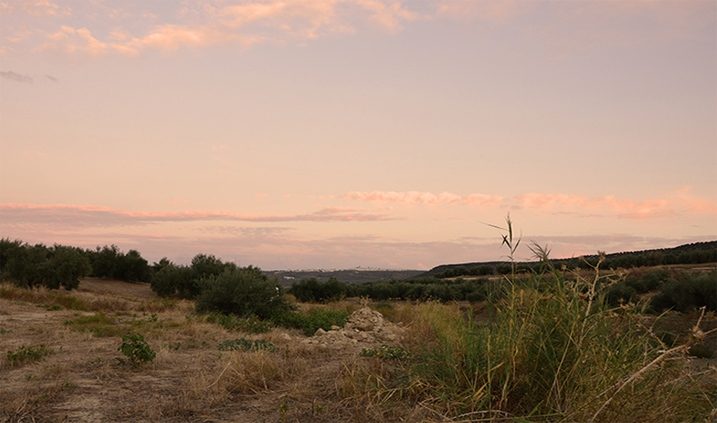





Leave a Reply
Want to join the discussion?Feel free to contribute!